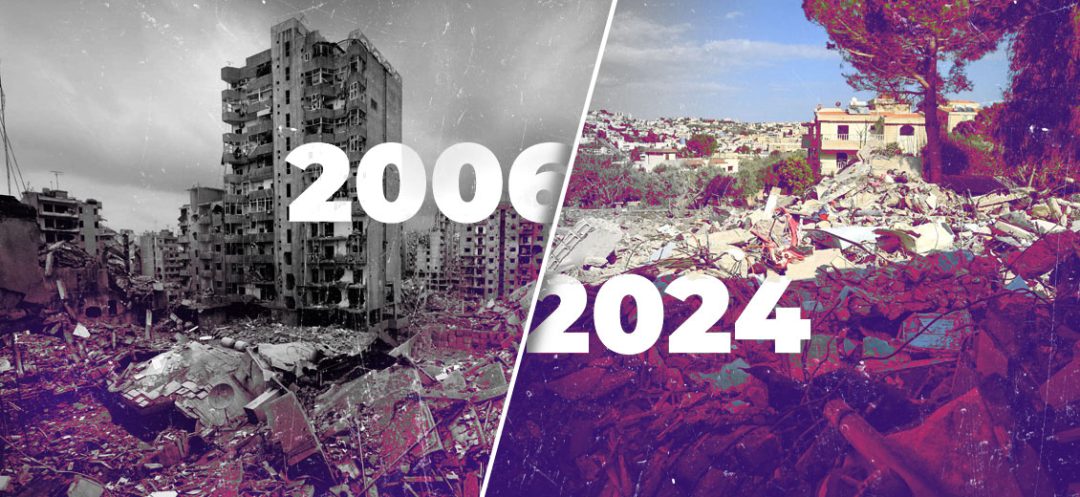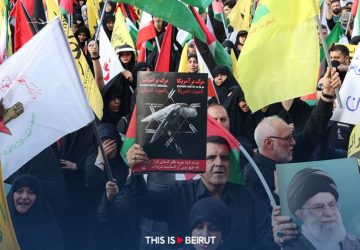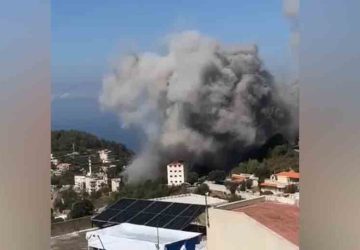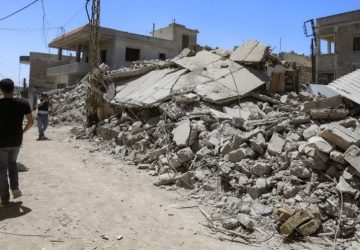Listen to the article
It seems that we now stand completely isolated, with no diplomatic backing from the international community or the Arab League. There are no promises of reconstruction for the South, and serious diplomatic efforts toward the Lebanese government have faltered. Prime Minister Mikati’s actions and statements are perceived by the global community as representing Hezbollah’s interests rather than Lebanon’s, further weakening international support. Domestically, Lebanese citizens lack unified backing of the government. With Russia deeply involved in Ukraine, garnering its support seems even more unlikely. Iran’s president, in recent statements at the United Nations, subtly hinted at distancing from proxy militant groups, signaling potential shifts in alliances without losing political influence. Meanwhile, the notion that Netanyahu would hand the Biden administration a foreign policy win in its final days seems improbable. In this complex situation, it feels as though we are truly alone in facing this crisis.
Lebanese local media is making the mistake of comparing the current conflict to the 2006 war. In an era dominated by AI advancements and significant geopolitical shifts in the Middle East, expecting identical outcomes or results would be misguided. While there may be similarities, the dynamics of warfare and regional alliances have changed dramatically, altering the landscape of conflict. Nevertheless, it is important to analyze both conflicts and draw lessons from their parallels and contrasts.
The 2006 Israel-Hezbollah war and the 2024 conflict between Israel and Hezbollah share similarities in their causes, but differ significantly in scope, tactics and regional dynamics. A comparison between the two conflicts reveals how the shifting regional landscape and Hezbollah’s evolving military strategy have impacted Lebanon and the broader Middle East.
1. Triggers and pretexts for war
- 2006: The war in 2006 was triggered by Hezbollah’s cross-border raid into Israel, capturing two Israeli soldiers. Israel responded with a massive military campaign aimed at dismantling Hezbollah’s military capabilities in southern Lebanon. Hezbollah, in turn, launched rockets into northern Israel, leading to a 34-day conflict. The conflict resulted in damages and economic losses amounting to approximately $3.6 billion to $4 billion. Around 1,200 people in Lebanon were killed, the majority of whom were civilians. On the Israeli side, approximately 160 people died, including both soldiers and civilians.
- 2024: The recent 2024 war was sparked by an escalating series of border skirmishes between Hezbollah and Israeli forces, which Hezbollah started on October 8th in support of Gaza. Hezbollah’s rocket attacks on northern Israel were met with Israeli airstrikes. Hezbollah has killed 17 Israel Defense Forces (IDF) soldiers. The recent attacks have displaced around 100,000 Israelis from the northern regions, and Israel’s inability to secure its northern territories poses a significant existential threat. If citizens lose faith in the government’s ability to ensure their safety and security, it could lead to a mass exodus. Over time, if Jews begin to doubt that their government can protect their livelihoods, Israel could face a critical identity and demographic crisis, potentially jeopardizing its future as a stable and secure nation. This is why Israel is determined to weaken Hezbollah’s military capabilities by employing tactics similar to the Gaza strategy, which include widespread destruction in the south and the displacement of half a million Lebanese. Following this “scorched earth policy,” Israel may even deploy ground forces to dismantle Hezbollah’s tunnel network – a key component of its defense strategy. Such an operation, however, would be extremely challenging and costly, both militarily and politically, marking a difficult and complex phase in the conflict. On the Lebanese side, 650 Hezbollah fighters and 650 civilians have been killed, with more than 4,500 injured within the first week of war, and 500,000 displaced Lebanese citizens from the south.
2. Hezbollah’s military capabilities
- 2006: In 2006, Hezbollah’s tactics were largely guerrilla-based, using hit-and-run tactics and firing relatively unsophisticated short-range rockets into Israel. They proved surprisingly resilient, but their capacity was limited by logistical constraints. Despite Israel’s efforts, Hezbollah managed to hold its ground and avoided being eradicated. This outcome significantly boosted the group’s reputation, particularly in the eyes of Iran, solidifying Hezbollah’s position as one of Tehran’s most successful and reliable proxy forces. The group’s resilience during the conflict earned it greater support and legitimacy, reinforcing its role as a key player in regional geopolitics.
- 2024: By 2024, Hezbollah’s military capacity has grown significantly. They now possess far more sophisticated rockets with greater range and precision, and they actually targeted Haifa with Fadi-1 and Tel Aviv with Qadr-1. However, Israel has improved its defensive technologies, including the Iron Dome and other missile interception systems, to counter Hezbollah’s enhanced arsenal. Furthermore, Israel’s recent actions, such as targeted assassinations and precision strikes like the “pager explosions,” have demonstrated a significant leap in its operational capabilities. These advanced tactics signal a shift in the nature of warfare, presenting Hezbollah with challenges and a combat landscape unlike anything it has encountered before. This evolution in warfare suggests that Israel is leveraging cutting-edge technology to outmaneuver and surprise its adversaries, marking a new phase in its conflict with Hezbollah.
3. Regional context and political climate
- 2006: In 2006, Hezbollah enjoyed broader support within Lebanon and across much of the Arab world as a resistance group against Israel. The Arab League and other regional actors were cautious in their criticism of Hezbollah. Iran and Syria provided it with financial and military support, allowing it to survive Israel’s military campaign.
- 2024: In contrast, in 2024, Syria did not post any statement about the Gaza war nor in support of Hezbollah. Hezbollah’s standing in Lebanon has deteriorated significantly. Many Lebanese citizens now view it as a destabilizing force that has dragged the country into conflicts, undermining its sovereignty and economy. Hezbollah’s involvement in the Syrian Civil War and other regional conflicts on behalf of Iran has further alienated it from the Arab League, which now sees the group as an extension of Iranian influence rather than a legitimate resistance force. Iran’s shifting policies, especially under the new leadership, have led to questions about the depth of Tehran’s willingness to support Hezbollah, as seen in the aftermath of recent attacks and the questionable statements of Iran’s new president in New York. The question of Iran’s continued support looms large, and its absence could mark a turning point for Hezbollah’s future role in the region.
It appears that neighboring countries, Western powers and proponents of the new Iranian deal are reaching a consensus that Iranian militant proxies must be dismantled, transitioning from armed groups to political entities. This growing agreement suggests that these factions can no longer operate with military influence, and their future lies in integrating formal political frameworks rather than maintaining armed resistance.





